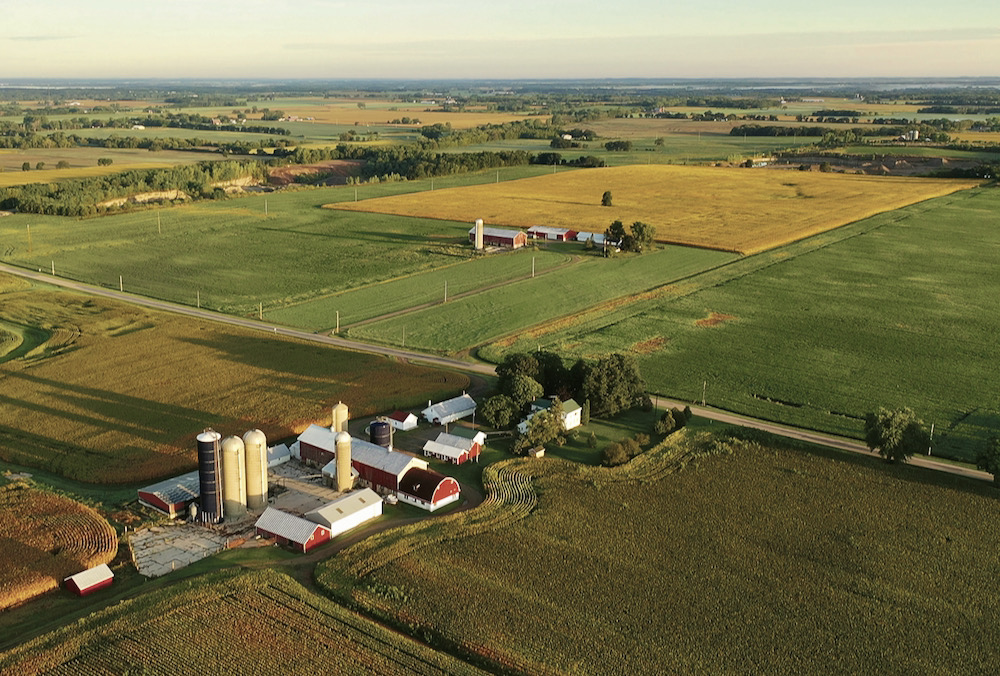Changes in farm structure poses risk, requires policy

Large farms in Canada are growing in number at the expense of small and medium-sized farms, and at an accelerating pace, observes a new report.
The issue is unlikely to be resolved by markets and competition among farmers alone and represents a new dimension for agri-food policy.
So says a September 2021 policy paper published by Agri-Food Economic Systems. Through analysis of data on Canadian farm size, the paper challenges what it calls conventional wisdom surrounding changes in farm structure and warns of forthcoming risks from this dynamic.
Why it matters: The continued disappearance of mid-sized farms might create issues for large operations when it comes to equipment. Policies focused on diversity within farm structure could help prevent harm to the sector’s overall viability.
“Today, increasing average farm size is not due to farms incrementally increasing in size step-by-step. It is almost entirely explained by the increase in size of already large and very large farms and the decline in medium-sized and small farms,” said Douglas Hedley, research associate with the organization and co-author of the policy note.
“A step-by-step process leading to larger farms may never have accurately reflected these dynamics, but this is now more clearly evident — the ‘average’ farm is all but meaningless.”
In general, the report suggests the rapid and drastic changes pose a significant business management conundrum for smaller and comparatively asset-limited farm businesses.
According to Al Mussell, research lead for Agri-Food Economic Systems and the report’s second author, many smaller farms (those with sales under $100,000) left the industry in the 1980s and early 1990s.
Those remaining have a high proportion of household income stemming from off-farm work. Mussell believes this means they do not operate solely on farm economics and are likely to exit despite current trends.
By contrast, mid-sized farms, defined generally as those with $250,000 to $1 million in sales, are the most vulnerable.
“Increase in average farm size is almost entirely driven by growth at the very large end. There are going to be many exceptions to this of course, but it is true in aggregate,” he says.
“What seems to be exiting are the middle-sized farms. They are maybe just not on the threshold size where a family member can come into the business, or they look at on the machinery size and just don’t have the economic basis to replace aging machinery.”
If only the largest farms are profitable, or if only certain subsets can make new technology investments, the report suggests it would challenge important assumptions and “seemingly comfortable historical views of farming in Canada.”
A used machinery market gap?
The loss of medium-sized businesses creates a circular problem for larger farms.
“The large farms have size economies that support investments in new equipment, but these acquisitions are partially financed by the value of trade-ins. Small and medium-sized farms comprise most of this used equipment demand,” says Mussell.
“The investments in new equipment increase farm product supplies, dampen farm prices and sharpen the competition for land from large farms, continually pressuring the viability of small and medium-sized farms.
“But as this dynamic plays out, it will weaken the demand for used equipment, and with it the value of trade-ins in financing of new equipment purchases by the large farms.”
The report explains the contradiction in greater depth.
For large farms to continue to invest, they need residual demand-pull for used
assets from smaller farms. Yet the supply produced by the larger farms, leveraged by economies of scale and fixed assets, pressures returns in the small and medium sized farm segment, and makes it more difficult for the latter group to effectively compete for land.
There may be an “optimal” diverse farm size, says the report, where there is enough demand for farm assets from smaller farms to encourage investment by larger farms.
Policies focused on farm structure
The report argues the growth of large farms at the expense of smaller ones should be a policy issue.
Large and highly efficient farms are a linchpin in competitive agri-food supply chains, say the authors, while smaller farms are linked to the development and sustainability of rural communities.
But there are no policy objectives for farm structure, let alone programming. By default, policy-related discussions on farm structure gravitate to extremes. They either encourage the largest and most efficient or protect small farms. The link between the two is never raised.
The report concludes that the accelerating trend toward larger farms may occur at such a rate that the process threatens to cannibalize itself, eventually slowing with the decline in demand for assets.
Reduced investment by large farms is a threat to Canada’s agri-food competitiveness, says the report. This presents a conundrum to the agri-food sector and agri-food policy that warrants further research and discussion.
Mussell says he believes the decline of medium-sized businesses will weigh on larger farms at some point. Farm structure has to be managed, to encourage ongoing investment in the best technology and maintain a vibrant, diverse sector.
“We have never attempted that before. I don’t know how we’d do it,” says Mussell.
“It would be great if we were dead wrong, because if our analysis is right, it creates some really difficult questions in what we’re doing with ag-policy… It would be nice to have more discussion about where primary agriculture is going as a broad sector.”
Source: Farmtario.com

